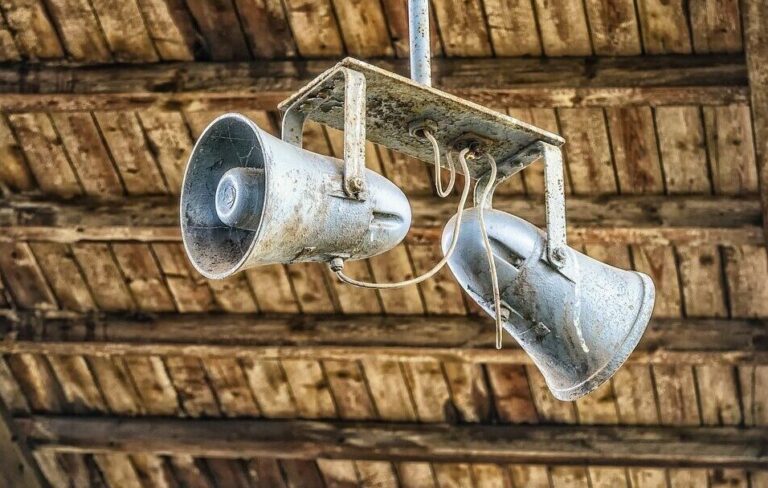A new Early Warnings for All Action Plan for Africa was unveiled on the opening day of the Africa Climate Summit in Nairobi, Kenya, on September 4. It is one of the most ambitious and comprehensive initiatives ever launched to save lives and livelihoods on a continent that is regularly exposed to extreme weather and bears a disproportionate socio-economic cost of climate change.
The primary objective is to make sure that timely and accurate information about natural hazards and impending disasters reaches all segments of African society, particularly the most vulnerable. This answers the call of UN secretary-general António Guterres that every person worldwide must be protected by early warning systems by 2027. Several African countries have been identified for priority action in the global initiative.
“Between 1970 and 2021, Africa accounted for 35% of weather, climate and water-related fatalities,” said WMO secretary-general Prof. Petteri Taalas. “Yet only 40% of the African population has access to early warning systems – the lowest rate of any region of the world. This new Early Warnings for All Action Plan for Africa seeks to change that.”
The socio-economic impacts of extreme weather and climate change were highlighted in the WMO’s State of the Climate in Africa 2022 report, which was also released at the summit.
“The greatest injustice of the climate crisis is that people who have contributed the least are paying the highest price in lives and livelihoods. Implementation of the secretary-general’s bold vision to ensure that everyone is covered by an effective early warning system by 2027 must be at the top of the global agenda,” said Selwin Hart, special advisor to the UN secretary-general on climate action and just transition.
Early warning systems provide a greater than tenfold return on investment. Just 24 hours’ notice of an impending hazardous event can cut the ensuing damage by 30%. The Global Commission on Adaptation found that spending just US$800m on such systems in developing countries would avoid losses of US$3-16bn per year.
To view the WMO’s State of the Climate in Africa 2022 report, click here.



